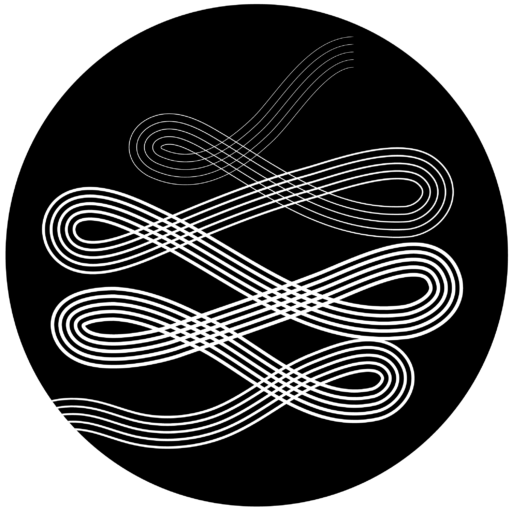During the first week (or so) of my residency, I have taken on the task of figuring out how exactly I will present the output of To Pray Without Ceasing’s text-generation system—how to create the experience of a virtual monastery, chapel, or sanctified grotto that befits its prayers.
For a couple of years I have been interested in building web-applications that, if they are not quite “user-unfriendly,” do place demands on the user that could be considered impolite or severe. For instance, in an earlier project, I experimented with displaying text only when the user/reader was almost perfectly still and silent (according to data from the computer’s webcam and microphone). Likewise, in a preliminary attempt at a web-interface for TPWOC that I hastily coded up some weekend a while back, I considered taking a similar route but making the requirements even more stringent. For instance, perhaps TPWOC should not reveal its prayers until it confirms that the user/reader has assumed a somber religious posture by holding a(n actual, physical) candle in stillness and in silence. I set up a rudimentary demo, a Flask app that piped webcam data to Rekognition (Amazon’s computer vision service), in order to detectUserCandle().
This approach, I decided, had too many problems. Due to the use of Rekognition, it would be too expensive to host on the web for long periods. Using computer vision at all—especially a proprietary service run by Amazon—raises privacy issues, and these would distract from the spirit of the project. And anyway, after sitting in front of my computer while holding a candle in order to test the demo, I determined that I could not expect users/readers to do the same for longer than a few minutes.
I want to strike a balance between, on the one hand, making TPWOC so exacting that nobody would want to spend much time with it and, on the other, making it so easily-consumable that it provides no resistance. So these past several days I have been working on a different solution, one that that still demands that the user/reader piously tend to glowing candles, albeit virtual ones.

My current notion is that TPWOC will generate and display prayers only so long as the user/reader keeps at least one of these candles lit. Like real candles, they slowly exhaust themselves. Instead of using the webcam to track the user’s physical movements and enforce their stillness, I’m now merely tracking their cursor to make sure it doesn’t move too fast. (One would not expect to be able to sprint in a non-virtual monastery or sacred grotto without being gently chided.) Debugging this part of the code has given me the opportunity to see just how quickly and blithely my cursor usually jitters and sprints around the screen.
Way back when I proposed this project, I had imagined an interface that would be—if not collaborative—congregative. I thought people should be able to gather in real-time to witness and participate in TPWOC’s prayerful routine. While I am still planning a performance that would make this sort of experience temporarily possible (more on that later), I no longer think that this should be the default mode of engaging with TPWOC. COVID-19 has something to do with it. My inbox deluged with Zoom invitations, I have become less desirous of software that tries to fabricate an ersatz conviviality.
